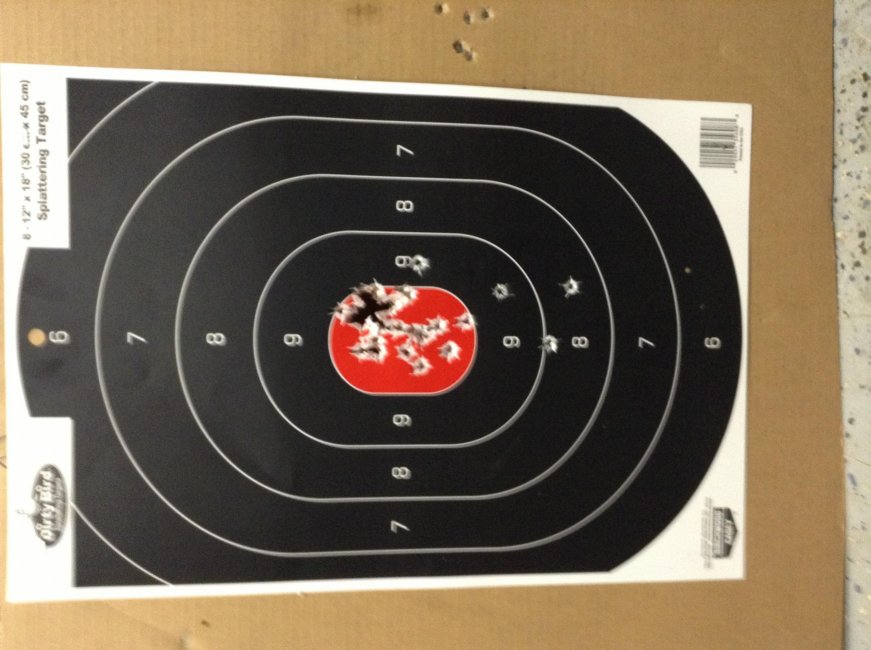Enos' focus types are a really good way to think about that continuum. Anyone who wants to be a better shooter in ANY context should get it.
The "Bible" of practical shooting, "Practical Shooting, Beyond Fundamentals"
Order it here: Practical Shooting Books for USPSA, IPSC, NRA, & IDPA Competition
Or get for kindle here:
Amazon.com: Practical Shooting, Beyond Fundamentals eBook: Brian Enos: Books
-rvb




